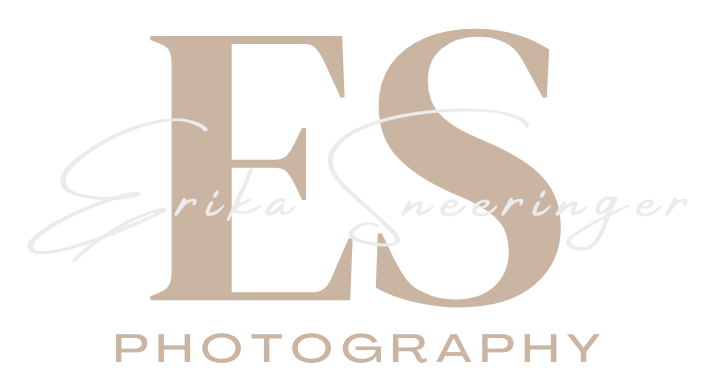Blooming in the Off-Season: Perfect Your Floral Photography Skills This Winter
As the final leaves fall, winter's chill sets in and vibrant outdoor blooms become a distant memory, many photographers find themselves longing for spring's colorful canvas. But what if I told you that the cold months offer a unique opportunity to refine your floral photography skills and prepare for the burst of spring color to come?
I previously wrote an article for Improve Photography titled "Improve Your Floral Photography with Creative Composition and Depth of Field." While that piece focused largely on outdoor techniques, today I want to explore how we can adapt those skills for indoor still life setups during the winter months.
Why focus on indoor floral photography now?
Perfect your techniques without battling the elements
Experiment with lighting and composition in a controlled environment
Develop a keen eye for detail that will serve you well come spring
Create stunning images even when outdoor options are limited
In this post, we'll dive into:
Setting up an indoor "studio" with materials you likely already have
Mastering artificial lighting to mimic natural sunlight
Selecting and arranging flowers for maximum impact
Adapting outdoor composition techniques to still life setups
Using depth of field creatively in confined spaces
By honing these skills now, you'll be more than ready to capture spring's beauty when it arrives. Plus, you'll have a versatile set of techniques that allow you to create gorgeous floral images year-round.
Ready to keep your photography skills blooming even as the world outside goes dormant? Let's dive in!
But first, if you haven't read my original article on outdoor floral photography, I highly recommend checking it out here. Many of the fundamental principles we'll be adapting for indoor use are covered in depth there.
Creating Your Indoor Studio Setup
The beauty of indoor floral photography lies in its simplicity - you don't need expensive equipment to create stunning images. A window, some basic household items, and your camera are enough to get started.
Essential Setup Items
A small table positioned near a window
White foam board or poster board for bounce lighting
A selection of neutral backgrounds (white, black, and grey)
Clamps or tape to hold backgrounds
Various surfaces for staging (weathered wood, marble tile, vintage trays)
Lighting Techniques for Indoor Success
Natural window light remains your best friend, even indoors. Position your setup 45 degrees to the window for optimal results. For darker days:
Use white foam board opposite your window to bounce light
Consider a simple LED panel for fill light
Experiment with sheer curtains as diffusers
Avoid direct flash - it flattens the delicate textures of flowers
Flower Selection and Preparation
Indoor photography allows for meticulous attention to detail:
Choose flowers slightly before peak bloom - they'll continue opening
Remove damaged petals and leaves
Clean leaves with a soft brush
Keep water-filled tubes handy for individual stem shots
Consider mixing fresh flowers with high-quality silk ones for longer sessions
Composition in Confined Spaces
Indoor limitations can spark creativity:
Use negative space more deliberately
Experiment with minimalist single-stem compositions
Try shooting through glasses or prisms for creative effects
Focus on intimate macro details
Layer elements at different distances for depth
Technical Considerations
Working indoors requires some adjustment to camera settings:
Start with wider apertures (f/2.8-f/4) for dreamy backgrounds
Increase ISO if needed, modern cameras handle it well
Use a tripod for maximum sharpness
Consider focus stacking for complex arrangements
Shoot in RAW for more editing flexibility
Post-Processing Tips
Indoor shots often benefit from subtle enhancements:
Adjust white balance to maintain natural flower colors
Use selective sharpening on key focal points
Consider adding subtle vignetting
Keep editing minimal - preserve the natural beauty
Creative Projects to Try
Push your creativity with these indoor challenges:
Single flower life cycle series
High-key white-on-white compositions
Dark and moody arrangements
Water drop macro shots
Abstract petal studies
Common Challenges and Solutions
Uneven lighting: Use reflectors strategically
Limited space: Focus on smaller arrangements
Busy backgrounds: Create a "studio sweep" with curved paper
Color accuracy: Use a gray card and custom white balance
Depth issues: Experiment with lens choice and camera position
Final Thoughts
Indoor floral photography isn't just a winter alternative - it's a valuable skillset that enhances your overall capabilities as a photographer. These techniques will serve you well in any season, allowing you to create professional-quality images regardless of weather or location.
Remember: Every master gardener started with a single seed, and every great photographer began with basic principles. Keep practicing, stay curious, and watch your indoor photography skills bloom!
Now, let's turn our living rooms into floral studios and start creating some winter magic!







